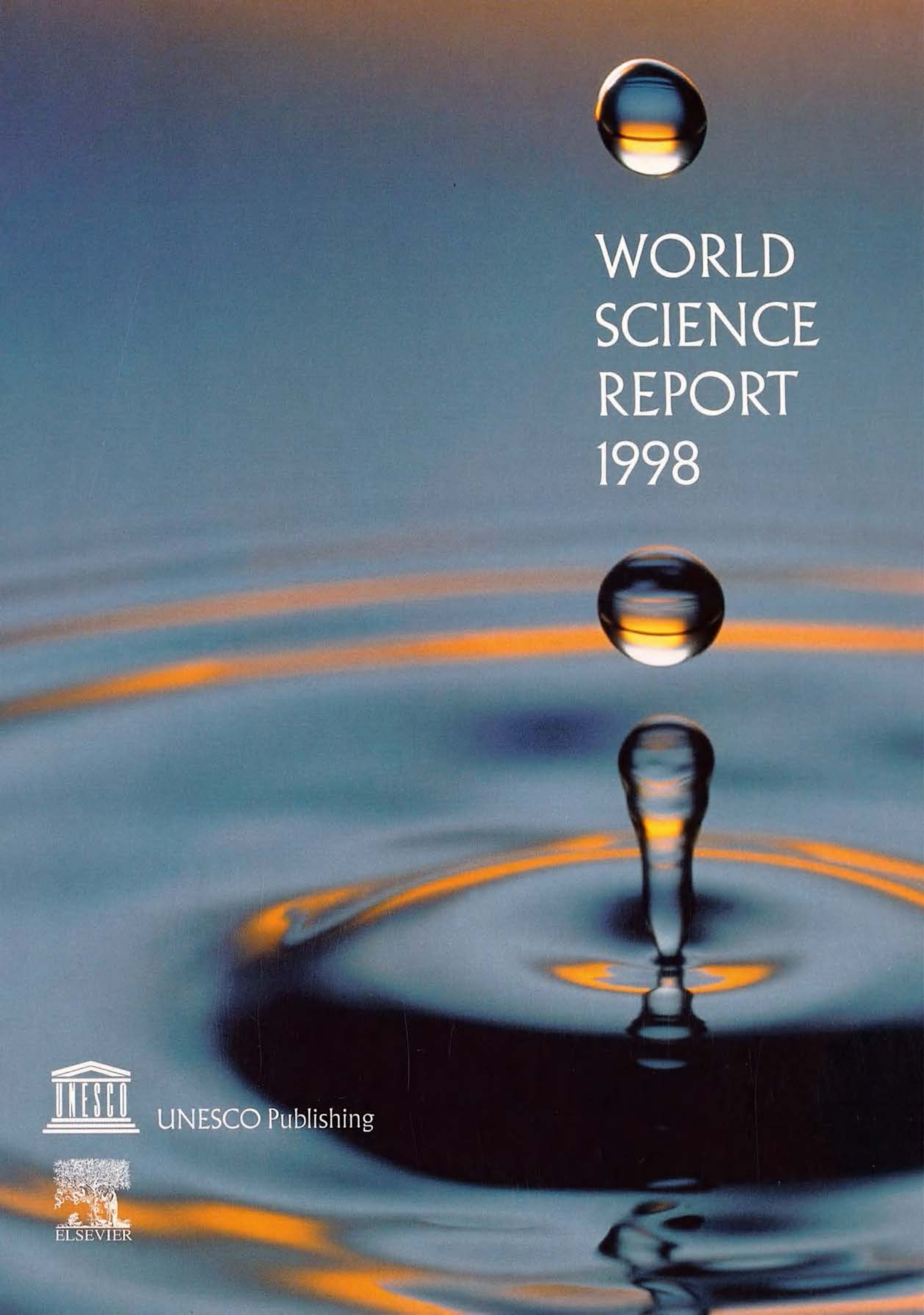- Home
- Books
- World Science Report 1998
- Chapter
Latin America and the Caribbean

- Authors: Ana Maria Cetto and Hebe Vessuri
- Main Title: World Science Report 1998 , pp 55-75
- Publication Date: July 1998
- DOI: https://doi.org/10.18356/9789210059084c006
- Language: English
Scientific research in Latin America and the Caribbean (LA&C) is a 20th-century phenomenon. Throughout the long colonial period, the region contributed very little to science. Universities dispensed education to economic, political and religious elites but were generally not known for being centres of scientific inquiry; scientific interests were more likely to be represented in the expeditions that set out to explore the vast territory and its natural resources. The idea developed in 19th-century Europe of the university as a research centre arrived late in the New World and only in the 1920s did science evolve into an integral part of the education provided by the universities of Argentina, Chile, Costa Rica, Mexico, Uruguay and, shortly thereafter, Brazil. These countries and others made significant efforts to develop science and to foster a scientific tradition, especially in the second half of the 20th century. From the 1950s onwards, research institutes blossomed, governmental bodies for the promotion and financing of scientific activity were created, university enrolment grew and numerous postgraduate courses were introduced.
-
From This Site
/content/books/9789210059084c006dcterms_title,dcterms_subject,pub_keyword-contentType:Journal -contentType:Contributor -contentType:Concept -contentType:Institution105

